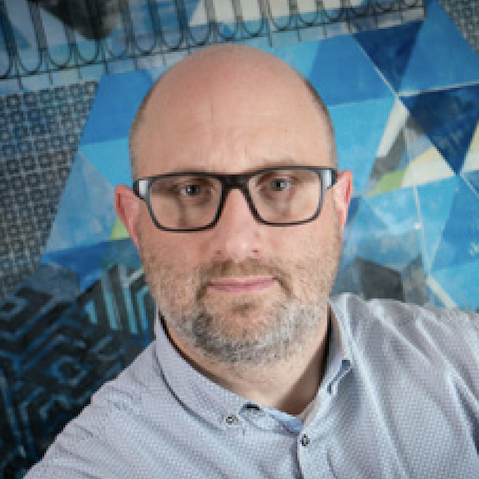Eyal Barash founded Barash Law LLC in 2009 to be a “roving” in-house General and IP counsel to early and mid-stage start-ups primarily coming out of the Purdue Research Park in West Lafayette, Indiana. He advises or has advised more than 20 start-up companies from Purdue alone and taken them through multiple stages of development including in-licenses, out-licenses, public offerings, private sales and public exits. In 2018, one of Eyal’s clients, Endocyte, Inc. was sold to Novartis for over $2B. Eyal was chief patent counsel to Endocyte for almost 10 years. Eyal is also a prolific speaker and lecturer, giving presentations primarily in life science IP throughout the globe. He has a particular interest in drug repositioning and repurposing and lectures on this topic frequently. Eyal’s current clients have a global footprint and are in the pharmaceutical, medical device, energy, defense, and agriculture sectors.

Recent Articles by Eyal Barash
Patent claims define the boundaries of an invention and are meant to state with clarity what the patent protects. Having clearly constructed claims also proves valuable during infringement assertions. These well-known guidelines should be at the forefront of the patent practitioner’s mind when drafting solid-form claims. Patent attorneys practicing in the chemical arts use two primary methods of claiming chemical compounds. The first method relies on chemical nomenclature to describe a claimed chemical compound. Take for example, the drug Wakix® (U.S. Patent No. 7,169,928), in which the active ingredient, pitolisant, is claimed to reference its chemical name without drawing a corresponding structure. The second method claims the drawn chemical structure of a compound. Of course, there are intermediate ways to claim chemical compounds where both names and structure are used to define the scope — especially with genus and sub-genus claims.
Claimed inventions in issued patents must, of course, pass the statutorily required hurdles of novelty and non-obviousness. In the context of solid forms, there are particular nuances the practitioner should consider when formulating a strategy for obtaining such claims in the United States. This article touches upon novelty and obviousness matters which have arisen with solid-form patents and provides some food for thought on how to plan in advance to tackle these issues.


![[IPWatchdog Logo]](https://ipwatchdog.com/wp-content/themes/IPWatchdog%20-%202023/assets/images/temp/logo-small@2x.png)

